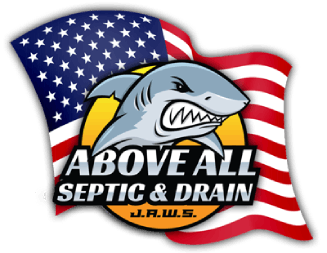A backed-up sewer can do a real number on your home. Spring and summer downpours can overwhelm your home’s sewer system and sump pump. The next thing you know, you’re looking at raw sewage pooling around in your drains, toilets, tubs and basement. Common causes of sewer backups include tree roots clogging sewer lines, clogged drains and damaged sewer lines. Before your floors, walls, furniture and carpeting become severely damaged, contact us for immediate assistance.
Immediate Emergency Response Actions
- Stop using all water in the home immediately
- Turn off electricity to affected areas for safety
- Evacuate people and pets from contaminated areas
- Document damage with photos for insurance claims
- Contact professional cleanup services within 24-48 hours
- Avoid contact with contaminated water and surfaces
- Open windows for ventilation if weather permits
- Call your insurance company to report the incident
Types of Sewer Backups and Severity Levels
- Minor drain blockages affecting single fixtures
- Multiple fixture backups indicating main line problems
- Complete sewer system failures with widespread flooding
- Storm-related municipal sewer overflows
- Septic system backups vs. municipal sewer issues
- Grease-related commercial kitchen backups
- Root intrusion causing gradual vs. sudden blockages
- Pipe collapse or structural damage emergencies
Common Causes and Prevention Strategies
- Tree root intrusion identification and prevention
- Grease and fat buildup in kitchen drain lines
- Flushing inappropriate items (wipes, hygiene products)
- Aging cast iron or clay pipe deterioration
- Ground settling and pipe joint separation
- Heavy rainfall overwhelming municipal systems
- Construction debris and foreign object blockages
- Pipe bellies and improper slope installation issues
Professional Diagnosis and Assessment
- Video camera inspection to locate exact blockage points
- Hydro-jetting to clear lines and assess pipe condition
- Smoke testing to identify damaged pipe sections
- Flow testing to determine system capacity
- Root intrusion assessment and removal planning
- Structural evaluation of damaged pipe segments
- Municipal system connection inspection
- Backflow preventer testing and evaluation
Emergency Cleanup and Restoration Services
- Immediate water extraction and waste removal
- Contaminated material removal and disposal
- Antimicrobial treatment and sanitization
- Structural drying and dehumidification
- Air quality testing and odor elimination
- Insurance documentation and claim assistance
- Coordination with restoration contractors
- Health department notification when required
Municipal vs. Private Sewer Line Responsibility
- Property line determination for repair responsibility
- Municipal main line vs. private lateral identification
- When the city is responsible for backup damage
- Permit requirements for private sewer line repairs
- Working with municipal authorities during emergencies
- Understanding utility easements and access rights
- Coordination between private and public repairs
- Legal considerations for property damage claims
Preventive Maintenance Programs
- Annual video inspection and cleaning schedules
- Root treatment programs for properties with large trees
- Grease trap maintenance for commercial properties
- Regular drain cleaning and maintenance
- Backflow preventer testing and certification
- Seasonal preparation for heavy rain periods
- Early warning system installation and monitoring
- Property-specific maintenance recommendations
Commercial Property Specialized Services
- Restaurant grease line emergency cleaning
- Multi-unit residential building main line service
- Retail and office building backup response
- Industrial facility specialized waste management
- Hospital and healthcare facility emergency protocols
- School and institutional building rapid response
- Property management emergency service coordination
- Business interruption minimization strategies
Advanced Technology Solutions
- CCTV camera inspection with GPS location mapping
- Sonar pipe profiling for accurate condition assessment
- Pipe lining and trenchless repair technologies
- Smart monitoring systems for early problem detection
- Robotic cutting and cleaning equipment
- 3D pipe mapping and condition documentation
- Remote monitoring and alert systems
- Digital documentation and customer portals

